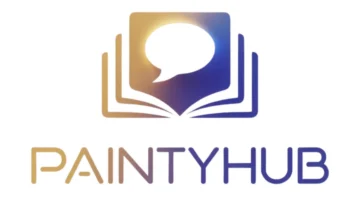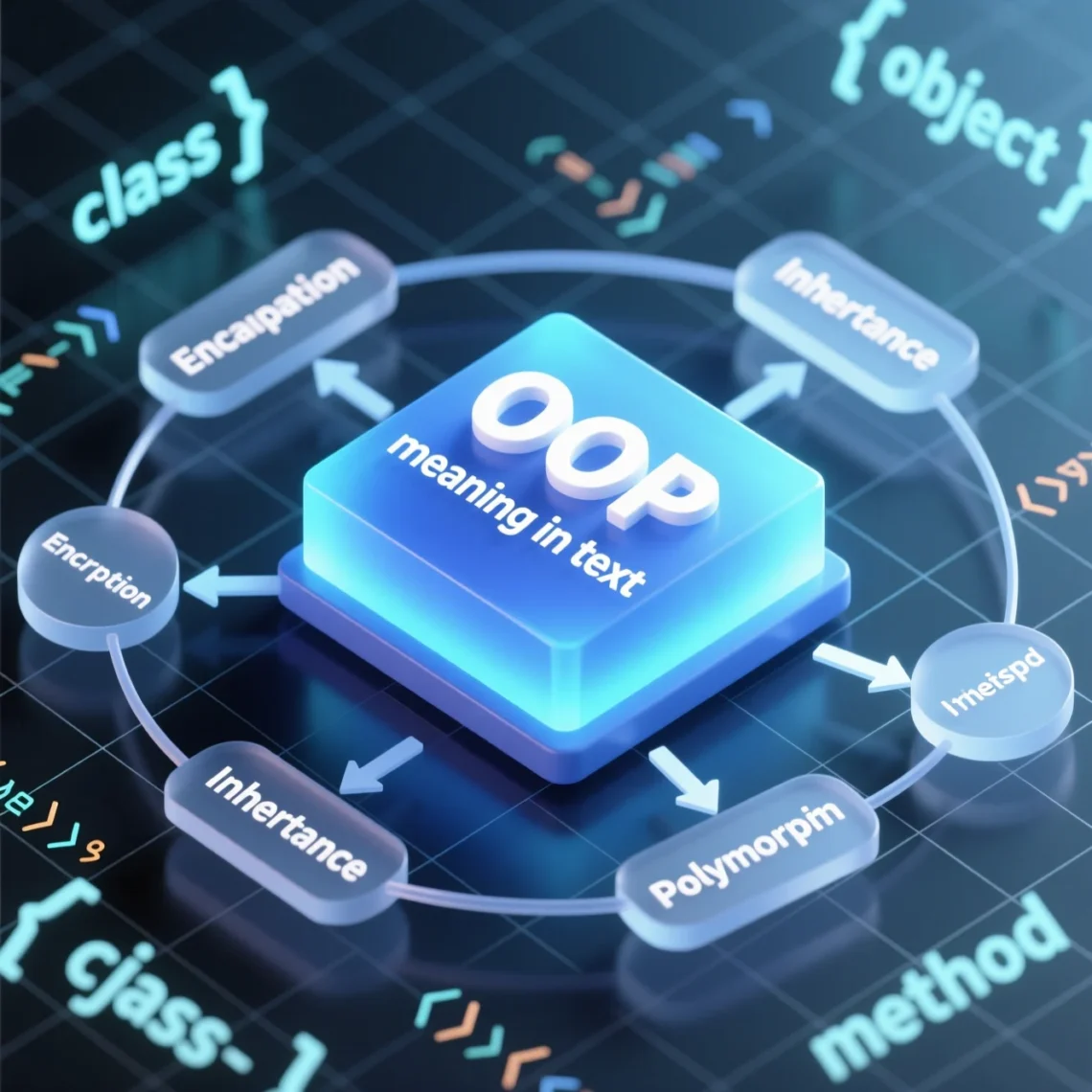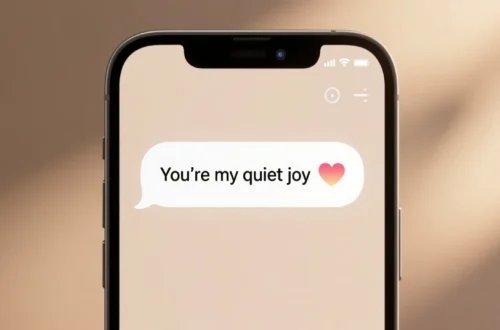Ever received a text with OOP and scratched your head? 🤔 This little acronym is popping up all over digital chats, from group texts to social media. Whether it’s a friend reacting to a mistake or a coder talking tech, OOP adds a playful or technical twist to conversations.
Knowing what it means helps you stay connected, avoid confusion, and respond with confidence. From casual chats to online forums, OOP is a versatile term that’s easy to misunderstand without context. In this guide, we’ll unpack its meanings, history, and how to use it like a pro. Let’s dive into decoding OOP! 🚀
Definition & Meaning
OOP has two main meanings in texting, depending on the situation:
- Oops 😬: A casual expression for a mistake, slip-up, or awkward moment.
- Object-Oriented Programming 💻: A technical term used in coding to describe a programming style based on objects.
Key Points:
- Oops is the most common in everyday texting, signaling a minor error or surprise.
- Object-Oriented Programming is used in tech-related discussions, like coding or software development.
Examples:
- Oops:
- Friend 1: “I just spilled coffee on my shirt! OOP 😅”
- Friend 2: “Haha, been there! You okay? 😄”
- Object-Oriented Programming:
- Coder 1: “I’m learning OOP for my new project! 💻”
- Coder 2: “Nice! Are you using Python or Java? 🤔”
Context clues are key to knowing which OOP is in play!
Background & History
OOP comes from two distinct worlds:
- Oops 😬: This term started as an exclamation in the early 20th century, meaning “I made a mistake.” It became texting slang in the 2000s as a quick way to acknowledge errors in casual chats.
- Object-Oriented Programming 💻: Introduced in the 1960s with programming languages like Simula, OOP refers to a method where code is organized around objects (data structures). It became widely used with languages like C++ and Java in the 1980s and 1990s.
Key Points:
- Oops grew popular with texting and social media 📱.
- Object-Oriented Programming became a cornerstone of modern coding 💾.
- Today, OOP is used globally, with “oops” dominating casual chats and the coding term thriving in tech spaces.
Usage in Various Contexts
OOP shines in different settings, each with its own vibe:
- Texting 📲:
- Usually means “oops” for small mistakes or surprises.
- Example:
- Friend: “I sent the wrong link, OOP! 😅”
- You: “No worries, send the right one! 😊”
- Social Media 🐦:
- Often “oops” for funny slip-ups or reactions.
- Example:
- Post: “Posted the wrong pic, OOP! 😬 #Fail”
- Reply: “Haha, that’s relatable! 😄”
- Gaming 🎮:
- Can mean “oops” for gameplay mistakes or rarely OOP for coding game mechanics.
- Example:
- Gamer 1: “I just fell off the map, OOP! 😫”
- Gamer 2: “Lol, we’ve all done that! 😎”
- Casual Conversations 🗣️:
- Mostly “oops,” but tech fans may use the coding term.
- Example:
- Friend: “I forgot the meeting time, OOP! 🕒”
- You: “It’s at 3, you’re good! 😊”
Key Point: Check the conversation’s focus to understand if OOP is about a mistake or coding! 🔍
Common Misconceptions & Clarifications
OOP can cause confusion due to its dual meanings. Let’s clear things up:
- Misconception: OOP always means “oops.”
- Clarification: In tech discussions, it’s likely Object-Oriented Programming.
- Misconception: OOP is a random slang term.
- Clarification: It’s specific—either a mistake or a coding concept.
- Misconception: OOP is fine in all settings.
- Clarification: The coding term may confuse non-tech audiences, and “oops” is too casual for formal contexts.
Key Point: Know your audience to avoid mix-ups. For example, saying “OOP” in a coding meeting might make people think you messed up, not that you’re talking programming! 😬
Similar Terms & Alternatives
Here are alternatives to OOP based on its meaning:
- For Oops:
- My bad
- Whoops
- Mistake
- For Object-Oriented Programming:
- OO Programming
- Object-Based Coding
- Structured Programming
Comparison Table:
| Term | Meaning | Best Used In |
|---|---|---|
| OOP (Oops) | Acknowledging a mistake | Texting, social media |
| Whoops | Similar to oops | Casual conversations |
| OOP (Programming) | Coding with objects | Tech, coding discussions |
| Structured Programming | Alternative coding style | Tech, more formal contexts |
Key Point: Use alternatives like “whoops” or “OO Programming” for clarity in specific situations. ✅
How to Respond to This Term
Your response to OOP depends on the tone:
- Casual 😊:
- Example:
- Friend: “I texted the wrong group, OOP! 😅”
- You: “Haha, no big deal! 😄”
- Example:
- Humorous 😂:
- Example:
- Friend: “Dropped my phone in water, OOP! 😬”
- You: “Time for a rice bath! 😜”
- Example:
- Professional 💼:
- Example:
- Colleague: “I’m working on OOP for this app. 💻”
- You: “Great, which language are you using?”
- Example:
- Neutral 🔒:
- Example:
- Friend: “Forgot my lines, OOP! 🎭”
- You: “You’ll nail it next time! 😊”
- Example:
Key Point: Match the vibe and clarify the meaning if you’re unsure. 🧠
Regional or Cultural Differences
OOP is used worldwide, but its meaning varies:
- Western Countries 🌎: Oops is common in casual texting and social media. Object-Oriented Programming is standard in tech communities.
- Asia 🇯🇵: Oops is popular in informal chats, especially in English-speaking or tech-savvy regions. The coding term is common in programming hubs like India or Japan.
- Other Regions 🌍: Oops is universal due to its simplicity, while the programming term is niche to tech circles.
Key Point: In casual global chats, OOP usually means “oops”; in tech-heavy regions, it’s often about coding. 🌐
Comparison with Similar Terms
Here’s how OOP compares to related terms:
| Term | Meaning | Key Difference |
|---|---|---|
| OOP (Oops) | Acknowledging a mistake | Informal, emotional reaction |
| My Bad | Similar to oops | Slightly more apologetic |
| OOP (Programming) | Coding with objects | Technical, specific to programming |
| OO Programming | Same as OOP (Programming) | Slightly more formal |
Key Point: OOP stands out for its use in both casual and technical contexts. ✨
Usage in Online Communities & Dating Apps
OOP thrives online:
- Twitter/X 🐦: Used for “oops” to highlight funny mistakes or reactions.
- Example:
- Post: “Sent the wrong emoji, OOP! 😬 #OopsMoment”
- Reply: “We’ve all been there! 😄”
- Example:
- Dating Apps 💘: OOP often means “oops” for playful slip-ups.
- Example:
- Bio: “Love coffee and the occasional OOP moment 😅.”
- Message: “Had an OOP moment lately? 😊”
- Example:
- Gaming Communities 🎮: Usually “oops” for gameplay errors, rarely the coding term.
- Example:
- Discord: “Missed the shot, OOP! 😫”
- Reply: “Haha, next round’s yours! 😎”
- Example:
Tips:
- On dating apps, ask about their OOP moment to spark a lighthearted chat.
- In gaming or tech spaces, confirm if it’s about a mistake or coding to stay on point. 🚀
Hidden or Offensive Meanings
OOP is generally safe, but context matters:
- No Offensive Meanings ✅: Both Oops and Object-Oriented Programming are neutral.
- Potential Issue: The coding term may confuse non-tech audiences, and “oops” can seem too casual in serious settings.
- Tone Matters: Saying “OOP” in a formal tech meeting might make people think you made a mistake, not that you’re discussing coding.
Key Point: Use OOP carefully in professional or mixed settings to avoid confusion. 😊
Suitability for Professional Communication
OOP isn’t ideal for formal settings:
- Oops 📝: Too informal for emails or reports; it may seem unprofessional.
- Object-Oriented Programming 💻: Fine in tech contexts but may confuse non-technical audiences.
Alternatives:
- Instead of “OOP, I messed up,” say “I made an error” in professional settings.
- Instead of “OOP for the project,” say “object-oriented programming” or “coding approach.”
Key Point: Stick to clear, formal terms at work to ensure understanding. 💼
FAQs
- What does OOP mean in texting? 🤔
- It means “Oops” (a mistake) or “Object-Oriented Programming” (a coding style).
- How can I tell which OOP is meant? 🧐
- Check the context—casual chats mean “oops”; tech talks mean programming.
- Is OOP okay for work emails? 📧
- No, it’s too casual or technical. Use “error” or “programming style” instead.
- Can OOP be offensive? 😳
- No, but it might confuse people in the wrong context.
- How should I reply to OOP in a text? 💬
- Try casual (“No problem!”), humorous (“Classic move!”), or professional (“Which language?”).
- Does OOP mean different things globally? 🌍
- Yes, “oops” is universal in casual chats; the coding term is big in tech-heavy regions.
- Is OOP common on dating apps? 💕
- Yes, usually for “oops” moments. Ask about their slip-up to start a fun chat.
Conclusion
OOP is a lively acronym with two meanings: Oops for everyday slip-ups and Object-Oriented Programming for tech enthusiasts. Whether you’re laughing off a texting mistake or discussing code, context is everything. This guide covered OOP’s meanings, history, and usage across texts, social media, and gaming. We also shared tips to respond smoothly and avoid mix-ups. With OOP, you can join conversations with ease and keep things fun or technical. Next time you see OOP, you’ll know if it’s a whoops moment or a coding convo! 🌟😅






